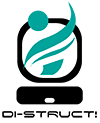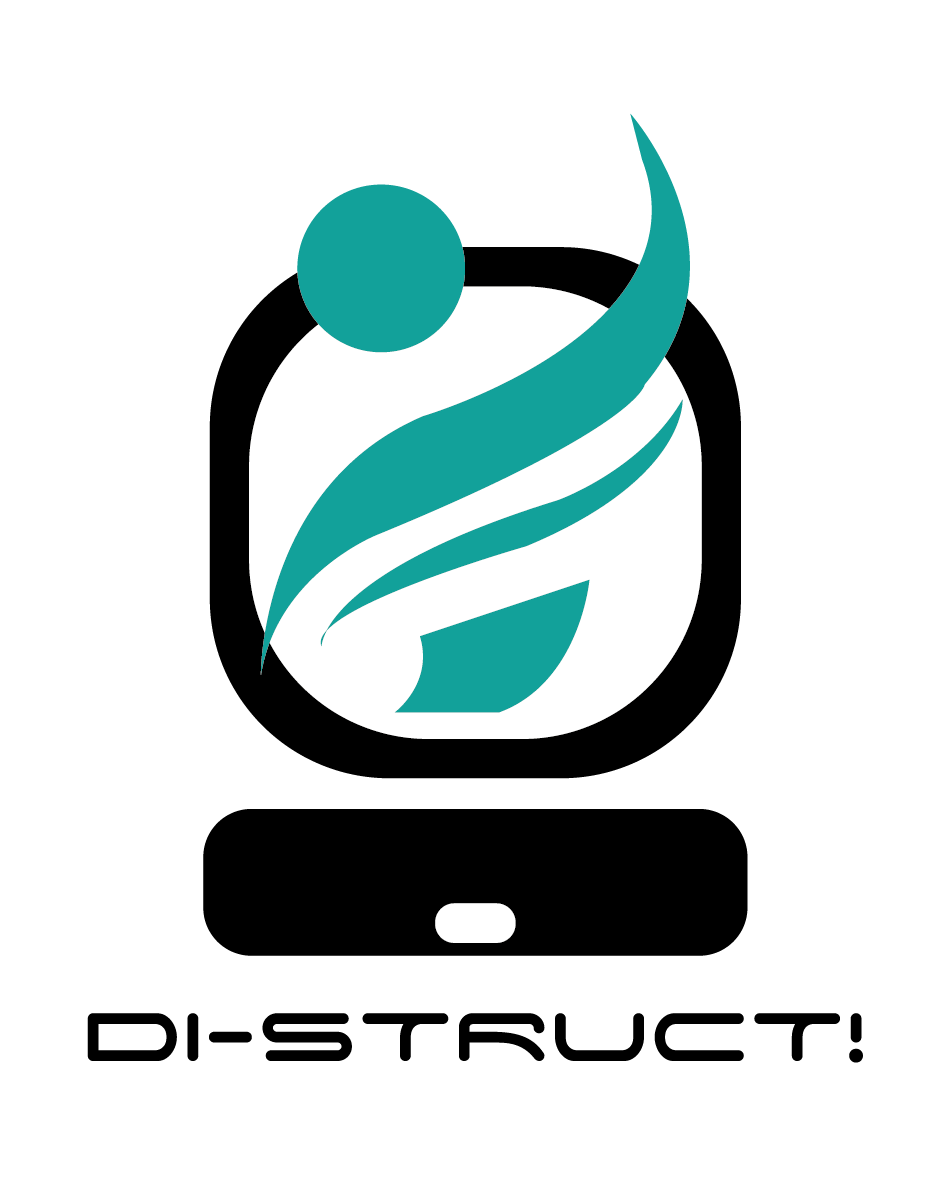The context
Nowadays, one of the main challenges faced by teachers is the lack of digital skills to use new technologies in the classroom to make their courses more interactive and more easily usable by mobile students. Indeed, the use of new technologies in the classroom helps to make education more personalised, flexible and student-centred. However, despite the availability of many tools, platforms and applications, teachers are not fully aware of their existence and very often do not know how to integrate them properly into their courses.
Increasing digitisation in a responsible way is a priority at European level, the Digital Education Action Plan 2021-2027 states that “digital technology, when deployed skilfully, equitably and effectively by educators, can fully support the agenda of high quality and inclusive education and training for all learners. It can facilitate more personalised, flexible and student-centred learning, at all phases and stages of education and training”.


The idea and target
In this context the Erasmus Plus Di-struct! Project aims at making educational content more attractive by “restructuring” the teaching approaches taught in schools with the use of digital tools.
The Di-struct project will address schools and in particular to VET Teachers, managers, headmasters and VET students.
All objectives
The project’s main objective is to increase the level of digitalisation of VET schools by:
- Improving the digital skills of teachers in active learning methodologies based on the use of ICTs by equipping teachers with the know-how to operate in a digital environment: training activities will be implemented online and offline, teachers will gain knowledge on how to integrate digital content in their subjects, hence making their classes more interactive and participated.
- Creating more digital, interactive and attractive content for students in order to make schools more digital and dynamic and increasing the engagement of students thanks to new approaches which differ from the traditional frontal lesson. Creating more digital content refers also to activities at transnational level that can be used to keep students updated with the programme while they are in a long term mobility or having at disposal examples of blended and virtual learning activities.




